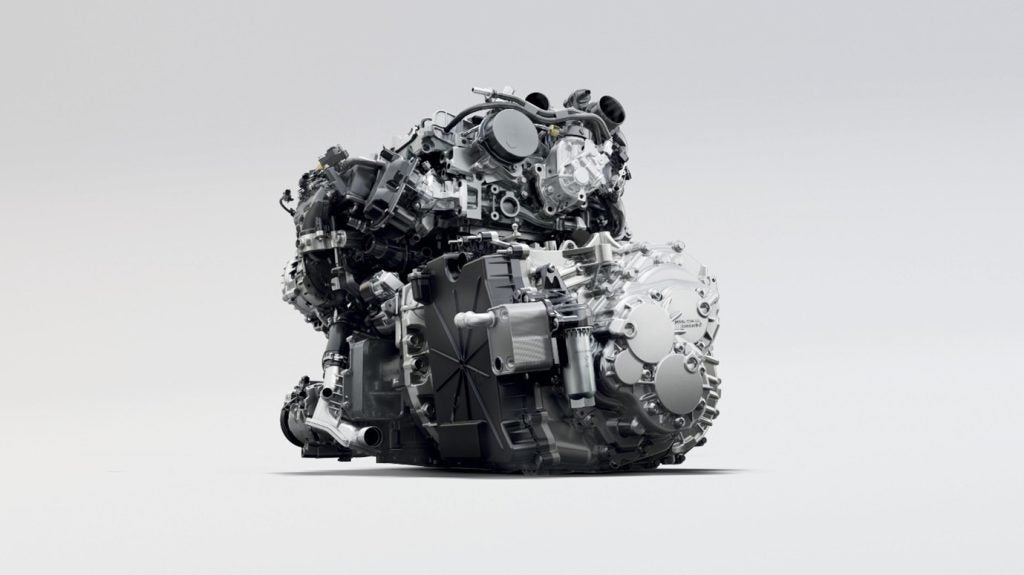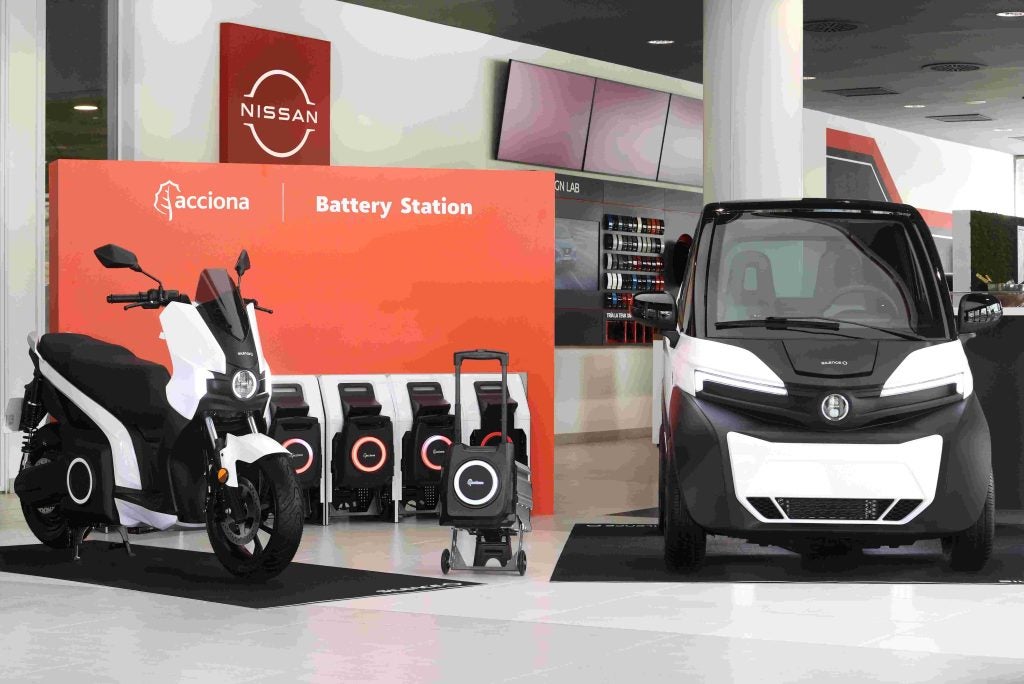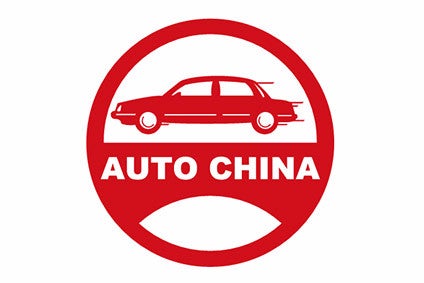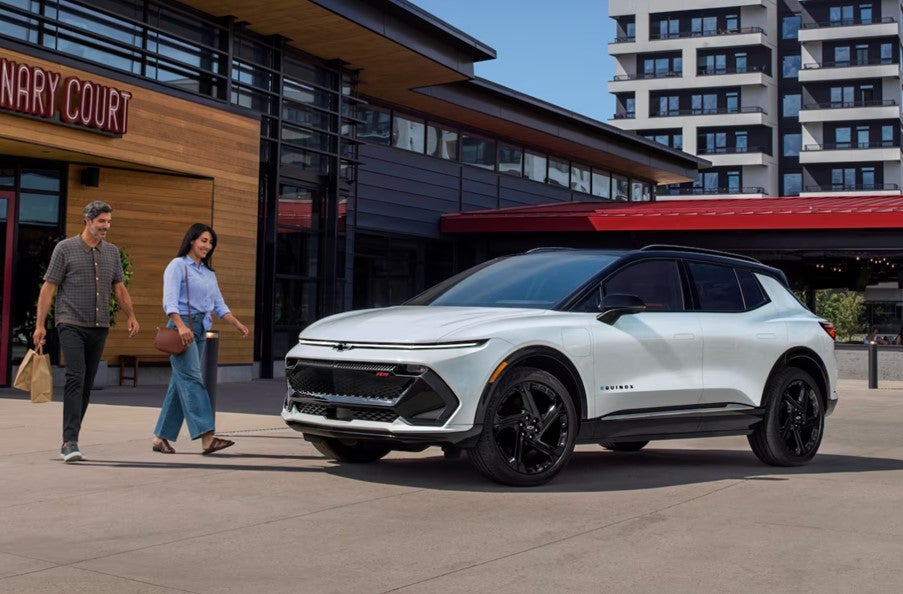Ian Henry met with Jeffrey Lux, head of GM Europe Powertrain Engineering at the Geneva motor show recently and had a wide-ranging discussion on powertrains, transmissions, hybrids and turbochargers.
just-auto: What do you see as the major issues influencing or driving change in powertrain design and development at the present time?
Jeffrey Lux: I see two main issues underpinning what we are doing; first off, what is the real customer and market demand in terms of both fuel consumption and CO2 emissions? This includes the vehicle’s performance level desired or expected at a given level of CO2 emissions. And secondly, we have the complex issue of government regulation, which includes the various incentives and tax breaks which occur at different CO2 thresholds. Together these interlocking issues determine the various powertrain options which we have to offer.
j-a: Taking these the two themes, how would you compare the situation in the US versus Europe?
JL: In the US, the regulatory environment is driven largely by greenhouse gas legislation. In Europe, the nature of the regulatory environment is rather different; here we see the tax regime driving or shaping demand.
j-a: So the US is much more prescriptive regarding CO2 levels and fuel economy compared to Europe?
JL: To an extent yes; government behaviour influences both markets, but in different ways. Setting CO2 emissions limits and fuel economy targets forces the car companies to act in certain ways, while changing the tax environment directly affects consumer behaviour. And consumer behaviour affects what the car companies do ultimately.
j-a: Something like the French bonus-malus tax has had a very direct impact on sales of specific cars meeting low CO2 emissions levels. Would you agree?
JL: Indeed; another country doing something similar is The Netherlands which also provides the consumer with a sales benefit and at something more at the point of registration.
j-a: How do all of these issues affect a particular vehicle programme on a day to day basis?
JL: The regulations force us to look at what powertrain configuration we can put into a car to meet certain performance criteria. The combination of engine, transmission and final drive ratios are chosen to meet specific CO2 targets. But we also have to meet the expectations of our customers; so we have to ensure good driveability as well as meeting the relevant CO2 targets. Look at our Ecoflex range, for example the 1.3 litre diesel, 95hp Corsa with start-stop technology. This achieves a very impressive CO2 rating of just 94g/km and is a very driveable vehicle.
j-a: It seems as though the powertrain world is becoming more and more complex, with hybrids, extended range vehicles, full electric powertrains, and the move from automatic or manual transmission to automated manuals or dual clutch technology. This must be quite a challenge, even to a company of the size of GM?
JL: Well, it is certainly a good time to be a powertrain engineer!
j-a: I am sure it is, but how do you manage your resources and allocate them across all the different technologies?
JL: One of the key things is to find smart ways to use the experience from one powertrain configuration and use it in another vehicle; Ampera and Volt actually show this off very well. We started with this technology on the Volt in one market, North America, and have re-used for another, ie Europe. We have to develop standard powertrains which are configured differently in different markets.
j-a: What does this mean in terms of the actual development work and its organisation? There must be a lot of conflicts in terms of the allocation of resources?
JL: Partly because of our history and how we have grown, through acquisition, we have different expertise in different parts of world; in Europe we specialise in small petrol engines and manual gear boxes, which is what the market here demands; in the US, we have always had large petrol engines and automatic transmissions. So, as the market changes, we have had to cross-fertilise effectively between the different parts of the company.
j-a: Can you give me an example of this?
JL: We are now putting a 1.4 litre petrol turbocharged engine in the Chevrolet Cruze and it’s working very well. This is a good example of geographic transfer of technology.
j-a: Is the 1.4 litre engine in the Cruze made in Europe?
JL: The programme certainly started with engines sourced from our engine factory in Aspern in Austria. The engine itself was designed and engineered in Europe, but it is now being produced in our factory in Flint, Michigan.
j-a: Please tell us a little about trends in downsizing of engines, the addition of turbochargers and so on; how far do you see this trend going? Is the V8 dead for example?
JL: I think that in Europe, V8s will certainly become a real niche, but in North America, the V8 still has a lot of life left in it, especially in the larger utility vehicles. We have been offering hybrid V8s on pick-up trucks in North America since 2008.
j-a: Presumably the more fuel prices rise, the more the trend to smaller engines will continue?
JL: Certainly the idea of 4 dollars a gallon is very emotional in US! When the price of gasoline hits this level, as it did a while back, we really see a move away from large engine cars. So the trend to smaller engines is unmistakeable.
j-a: What about transmissions, what do you expect here? Will the European market see a higher proportion on non-manual transmissions?
JL: Europe will move increasingly to non-manual transmissions; and there will be some growth in conventional automatics, but the main growth will be in automated manual and double clutch transmissions
j-a: What is GM doing in the area of dual clutches?
JL: We announced our partnership with SAIC in dry dual clutch technology (DDCT) last year and this will be the centrepiece of our move in this market.
j-a: When can we expect to see DDCT in use on a GM vehicle?
JL: We are not ready to say when this will be for sure just now.
j-a: Developing the DDCT with SAIC is effectively an in-house development; why did you decided to develop this in-house as opposed to outsource to a supplier?
JL: It’s a question of balance; we concluded that we can get more and a wider range of benefits by doing the DDCT development it in-house.
j-a: Can you expand on that?
JL: It’s important to remember that the engine and transmission, and how they combine, define the feel, or the driveability, of the car. They are the heart and soul of the car. So, they form a core technology which we think we should control. That’s why the decision was made to do this effectively in-house.
j-a: Finally, can you clarify the situation at GM re hybrids?
JL: We already have hybrids on the road, in the form of rear drive hybrids on full-size SUVs and pick-up trucks, such as the Yukon and the Tahoe. We also have what we call “eAssist” on the Buick Lacrosse. This seems to be very well received by the customers. Certainly we have a lot more effort going into hybrids.
j-a: But you do not have a hybrid yet on a European production car?
JL: No, not yet, but we will; come back for more details soon!
INTERVIEW: Jeffrey Lux, GM Europe Powertrain Engineering
Ian Henry met with Jeffrey Lux, head of GM Europe Powertrain Engineering at the Geneva motor show recently and had a wide-ranging discussion on powertrains, transmissions, hybrids and turbochargers.







